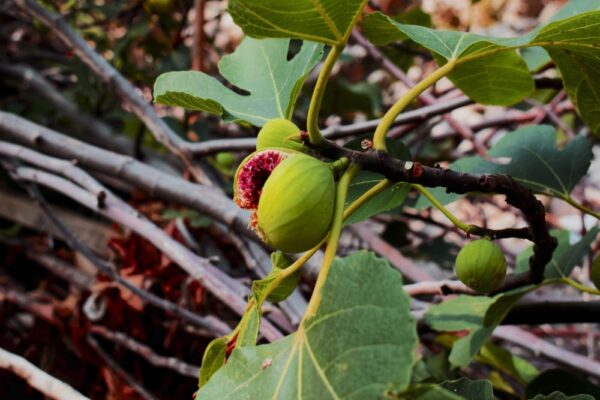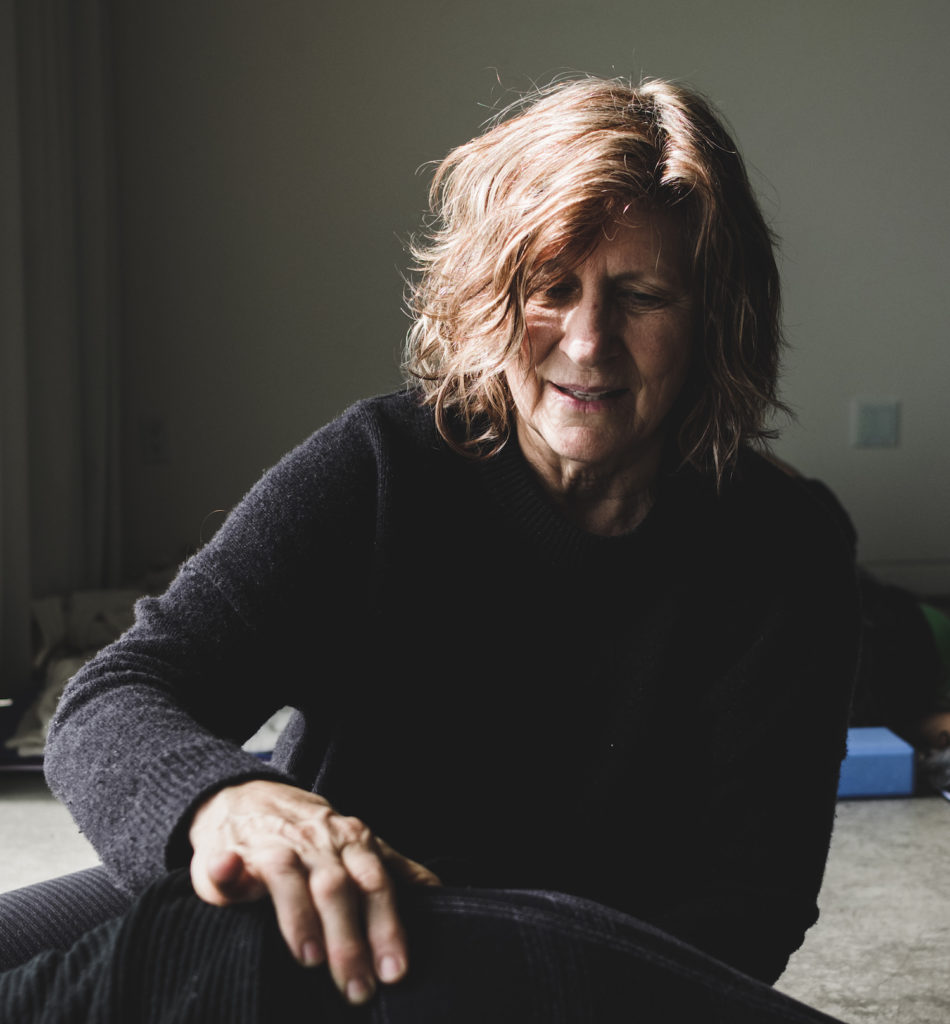
When our life force becomes all bound up,
it can become a stranglehold on our deepest longings and creativity,
smothering our human potential.
Early this spring I brought home a young fig tree. Here in the heartlands, spring is the very best time to transplant a plotted plant. The spring thunderstorms blow through and keep the soil moist so young roots can establish themselves and find home within the earth. What emerged was a young tree with a pot-bound root ball. I was struck by the similarity I see in our human condition. Often far away from feeling the physical earth, most of us who live in the Western world are literally transported by containers like this young tree (baby holders, cars, trains, and planes) and live without having our feet in the soil. We too are often isolated from the living kinship of critters and lack basic groundedness. Like this young tree, we grow in physical, interpersonal, social, political, and cultural conditions where we often become pot bound.
When our containers are too small, there is nowhere to go. Like this young fig tree, we become shaped by the narrowness of our surroundings. Turning in on ourselves we circle round and round looking for a way out. For humans, this can mean endless rumination and mulling over our deep entanglements. When our life force becomes all bound up, it can become a stranglehold on our deepest longings and creativity, smothering our human potential.
Fig trees are symbolic of regenerative life and like humans are incredibly resilient. After a bit of deep soaking, I began trying to pull the tightly encircled roots free. Even though the plastic pot was set aside, these wire-thin root tenacles quickly sprang back in place adamantly maintaining the shape of the discarded container. Tugging only snapped the roots. This insistence led me to grab hold of a long sharp garden knife that my elderly neighbor Mary-Lou gifted me when she moved away from her beautifully gardened home of more than 50 years to uproot herself to a retirement home free of responsibilities. It was a tool she used to split apart smothered, congested tubers.
I made a few small intentional slices just enough to get a couple of my fingers inside the powerfully bound-up root ball. Turning inward, my fingers performed microsurgery, searching for tiny spaces to occupy. These inner sanctums were spaces of possibilities. Spreading my fingers from within, I found my wiggling digits slowly coaxing entangled roots to move and spread. Rather than try to pull apart the root ball from without, I moved from deep within pushing out against the boundaries to find more air and space. Only then did I return to the outside of the ball to lightly unravel and spread the individual strands, encouraging them to spread out into the rich garden soil in hopes of finding nourishment, ground, as well a sense of kinship and belonging that provides support for growth and flourishing.
Photo credit Michal Hiavac – Unsplash

